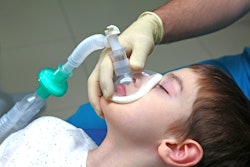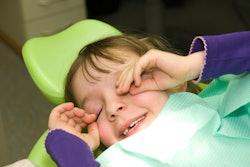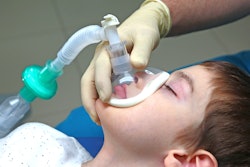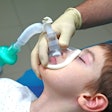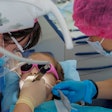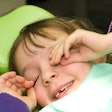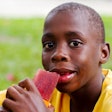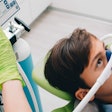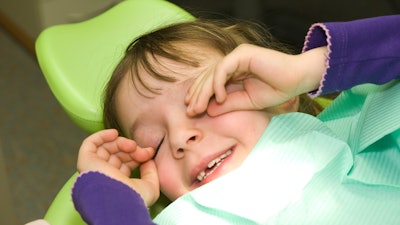
Adverse events (AEs), including airway and breathing complications, occur in 1 in 12 instances of deep sedation (DS) performed in children at outpatient dental settings. The study was published on September 5 in the Journal of the American Dental Association.
It is believed to be the first study to provide epidemiological estimates of the prevalence of AEs linked with deep sedation in the outpatient dental setting. As an increasing number of dentists move from administering deep sedation to pediatric patients in hospitals to outpatient settings, larger studies and root cause analyses are needed, the authors wrote.
“This work helps generate evidence to drive targeted efforts to improve the safety and reliability of pediatric outpatient sedation,” wrote the authors, led by Dr. Bunmi Tokede, MPH, DMSc, an associate professor of diagnostic and biomedical sciences at the University of Texas Health Science Center in Houston.
Every year, between 100,000 and 250,000 cases of dental procedures with sedation occur in pediatric patients in the U.S. Most of these patients are between the ages of 3 and 5. This prevalence is despite children being predisposed to deep sedation- and general anesthesia-related respiratory problems due to age variations in anatomy in physiology.
Since children are among those at the greatest risk and with the lowest error tolerance for deep sedation-supported procedures, the authors aimed to assess their safety of dental treatments at an outpatient dental clinic by determining the frequency and type of adverse events through a thorough review of clinical data. Charts were assessed for the presence of sedation-related problems. The Tracking and Reporting Outcomes of Procedural Sedation System was used to classify AEs, according to the study.
Of the 175 deep sedation cases that occurred in pediatric patients at a dental clinic from 2017 through 2019, 19 adverse events were identified in 15 cases (9%), the authors wrote. The most common problem among the children were events related to sedation quality, including a dizzy patient who fell at the clinic’s checkout desk, resulting in a cut on the child’s head.
About nine events (47%) were related to the quality of sedation, and about seven events (37%) were related to airway and breathing problems. The other three events reported were classified as allergies, they wrote.
A shortcoming of the study was that medical conditions, including obstructive sleep apnea and obesity, that increase an individual's risk of unsuccessful sedation could not be investigated due to the limited quality of the documentation, the authors wrote.
“(Nevertheless,) AE (whether relatively minor or of potentially major consequence) occurs in 1 of every 12 DS cases involving pediatric patients, performed at an outpatient dental clinic,” Tokede and colleagues wrote.






